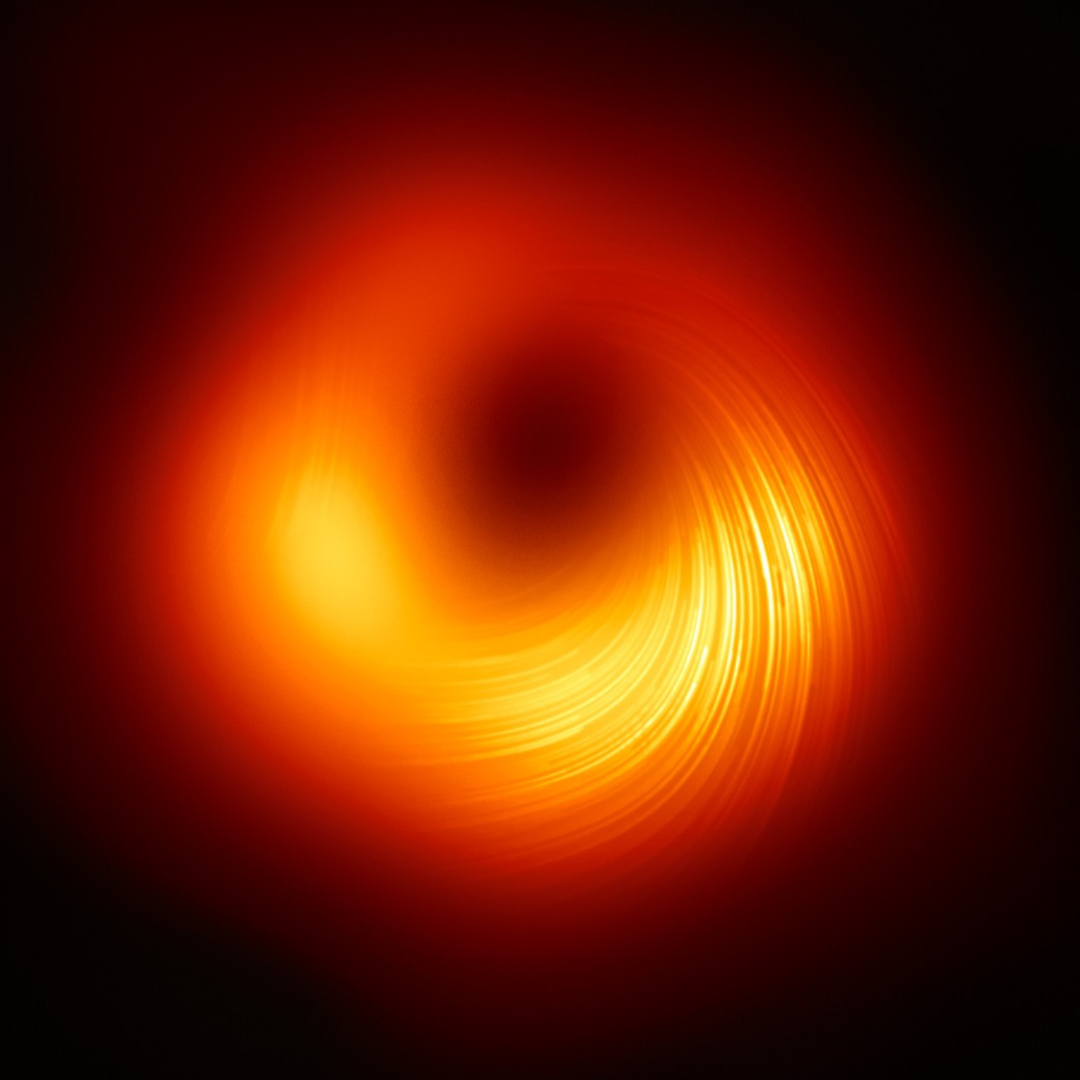What with north korean soldiers fighting for Russia in Ukraine, where is the line drawn?
All or most of the “powerful” countries being involved, usually directly. Basically take a look at the top military powers, if majority are active boots on ground, running military strategies, fighting and taking a wartime position domestically, you’ve got a world war.
Really though it’s a new-ish term, and highly subjective. WW1 was the Great War until it popped off again. For a modern thought experiment - could the war on terror be considered a world war? Much of the world’s fighting power was dragged into it to some degree, but most people would say no.
Long story short, it’s a ‘world war’ when historians decide it was.
What?
They didn’t call World War One World War One during World War One?
Fuckin retcons, right? Like when The Star Wars suddenly became “Episode 4” pssshh.
no, just like we didn’t (and still don’t) call what was happening a few years ago “the first COVID-19 pandemic”
I will now.
I did.
They did!
Ernst Haeckel said it in 1914
When the Swiss pick a side.
Okay i laughed
This is one of Punxsutawney Phil’s lesser-known responsibilities.
Major powers in direct conflict with each other.
For instance, the Spanish Civil War is seen as a precursor to World War II, but it isn’t considered a part of World War II because different sides supported different belligerents, including direct military action, the conflict remained in Spain.
This is part of the reason why NATO nations have not provided direct military action to support Ukraine, as it would lead to a likely escalation to World War III.
When white Europeans are fighting each other.
But do slavs count? What if it’s slavs fighting against real white people? We need answers to these questions.
Germany attacked Poland first, but everyone lost their shit when they invaded France, so yeah, it’s when euro people fight.
Disclaimer: I don’t recall this correctly, I might be wrong, as I remember they started the thing with France early on grabbing a piece of land that they lost after WW1
When multiple great powers on each of the sides are directly* in conflict, with multiple continents being theatres of war.
* as opposed to proxy wars.
I’d say world wars involve multiple major powers in full total war economy. We haven’t seen any major power do that since WW2 to my knowledge. Involvement of multiple nations does not make it a world war IMO, otherwise the wars in Iraq and Afghanistan count, among many others in history. There’s also not side conflicts occurring in all the colonial possessions like in the other world wars.
I don’t think another war will be called a world war anymore because of everyone’s ideas of a world war 3 being all out nuclear warfare.
For me it’s more the complexity of today’s geopolitics that would make it impossible to call one a world war. In my example, is north korea engaged in the war? Not really, they are just lending (or selling) soldiers. Also Russia is not at war according to Putin, it’s just a military operation etc…
Symptoms of a World War:
- Several major military powers and their allies are in direct conflict with one another. No proxy wars where one side fights some smaller nation that is bankrolled by the other side like Korea, Vietnam, Afghanistan, Afghanistan or Ukraine.
- It is an actual declared shooting war. No more “police actions” or “special military operations.” In the United States this requires an act of congress which hasn’t happened since 1942.
- Powers on both sides enter a total wartime economy. Food and fuel rationing, consumer goods go out of production to make more weapons, that sort of thing. In the United States, companies you don’t think of as arms manufacturers stopped what they were doing to build weapons. If Kitchenaid stops making stand mixers and starts making rifles, it’s probably World War 3.
- Actual fighting takes place in several different parts of the world for distantly related reasons. The Battle of Stalingrad, the D-Day landings at Normandy and the Battle of Guadalcanal are all considered part of the same war; present day fighting in Gaza and Ukraine are not. At least, not yet. You know how a high school history textbook has a couple chapters about the Spanish Civil War and the Japanese Invasion of Manchuria, then after the chapter end questions about China you turn the page and it says UNIT 3: WORLD WAR 2 and on the page after that it says “Chapter 18: Germany Invades Poland.” I can imagine reading a future textbook that puts Russia in Ukraine in either chapter. I think we’ll officially call it World War 3 when NATO is fighting Russia, Belarus and probably Iran for some reason in Eastern Europe and the United States, Japan, South Korea are fighting China, North Korea and probably also Russia in the Pacific, probably over Taiwan, with the Middle East as a third front akin to North Africa.
- Nukes. I think if anyone nukes anyone else we’ll call it World War 3 regardless.
Two or more Great Powers on each side
Retroactively.
When one of the sides speaks German
When one of the sides speaks English
2001 probably when usa decided to declare war on the whole world
A World War is a war between two or more world powers.
Callously, when the survivors look back and decide to call it one. As far as I know there isn’t an agreed upon definition.
WW1 was originally called the War to End All Wars, I think, by many at the time. WW2 eclipsed it by taking place on at least 3 continents and across every ocean. Both are also known by other names that depend on the region. The US Civil War eclipsed both in the number of casualties. The Ukraine war isn’t likely to break records like that.
- American casualties, not total
Ohhh, that’s what they meant. Thanks for clearing that up, I was really confused by that unexpected US defaultism.
Could very well be American casualties only. I didn’t look it up. I was remembering a history class where we were discussing the effects of illness and disease during wars some 20 - 25 years ago. I do remember that our teacher’s statement did not include those killed in the concentration camps, but did include those lost to illness and disease.
Of course, Alabama school, it’s entirely possible that the lesson was complete nonsense.
Of course, Alabama school, it’s entirely possible that the lesson was complete nonsense.
Nah, from a solely US perspective it’s correct. There were ~1.6 million military casualties in the civil war, and ~1.07 million in WW2. But there were a few more parties involved in WW2, so it’s kind of weird to frame it as less bloody. If you include civilians, estimates range from 70 to 85 million dead worldwide (not including the >20 million wounded soldiers and unknown number of wounded civilians).
That just makes it more fucked up they said that
Non Americans are not people, so they don’t count towards the casuality tally.
The US Civil War eclipsed both in the number of casualties

The US Civil War eclipsed both in the number of casualties
I’m maybe misunderstanding you here, but as far as I know there were about 100 times as many people killed in WW2 as in the US Civil war. 60 odd million vs 600,000 or so.
The US Civil War eclipsed both in the number of casualties.
Uhh what? Wikipedia says ~1.6 million casualties (including wounded, ~650k dead) in the civil war, while WW2 has 24 million military deaths alone.
When will you savages learn that non-Americans are not people.
The US Civil War eclipsed both in the number of casualties.
Dude, what?








